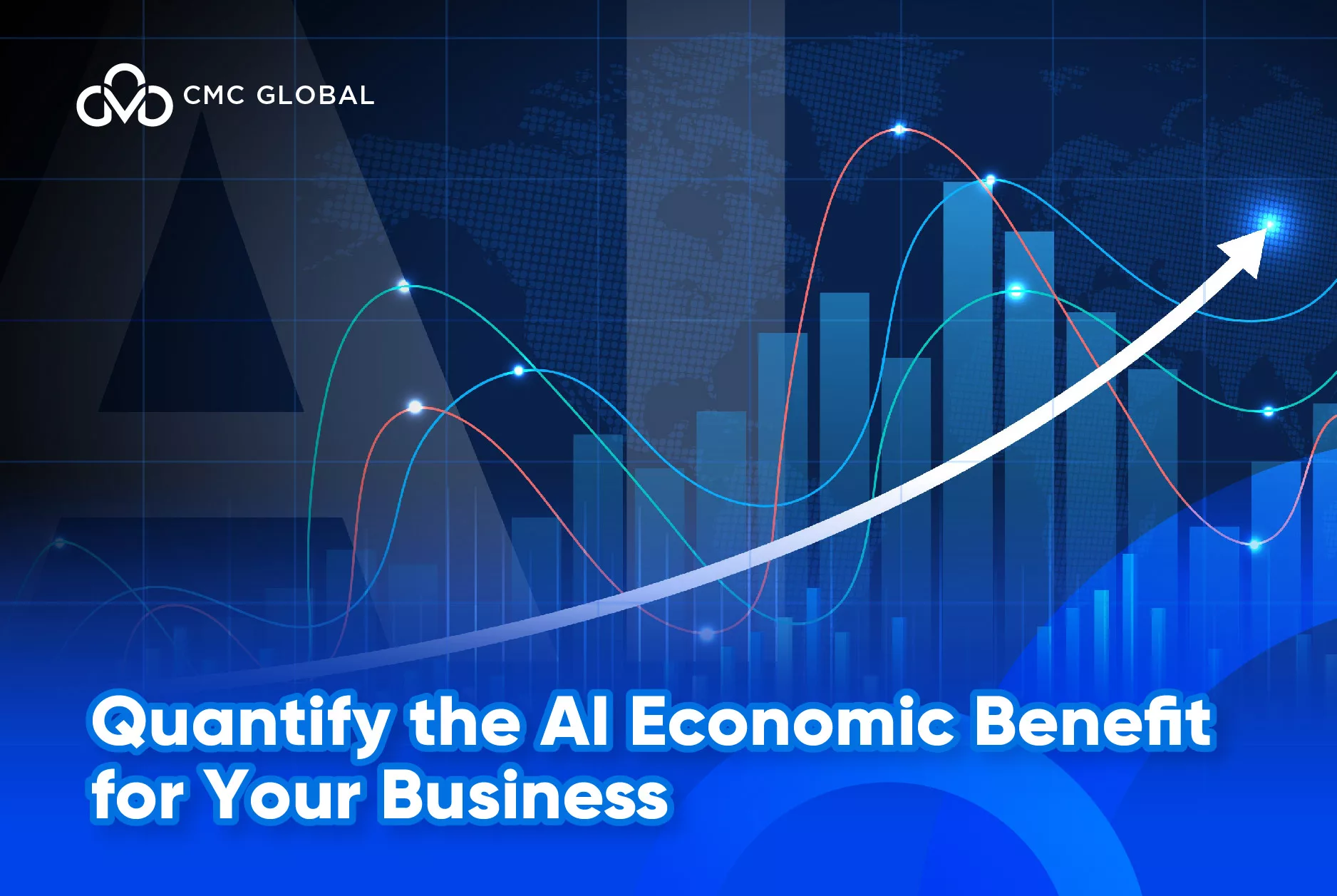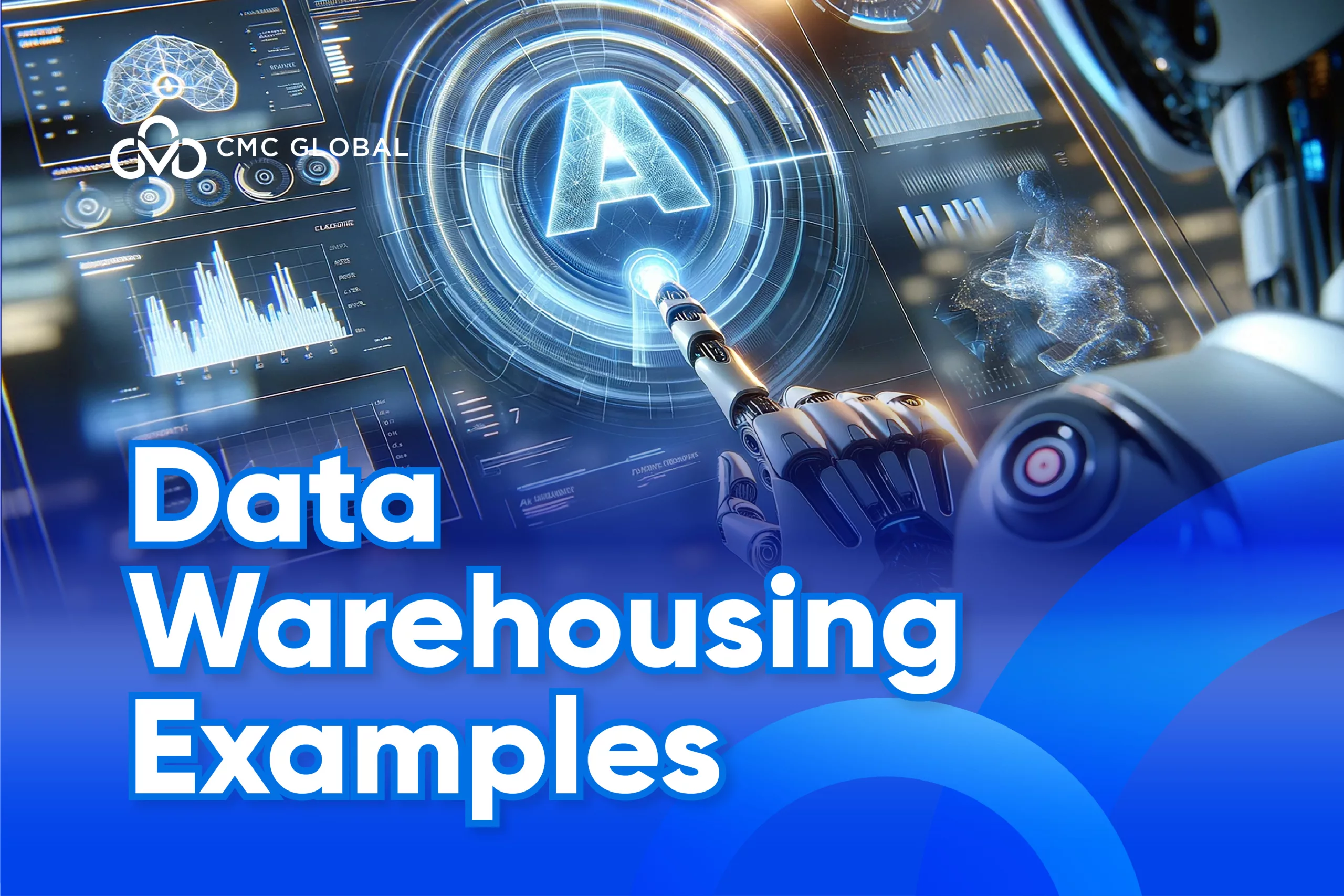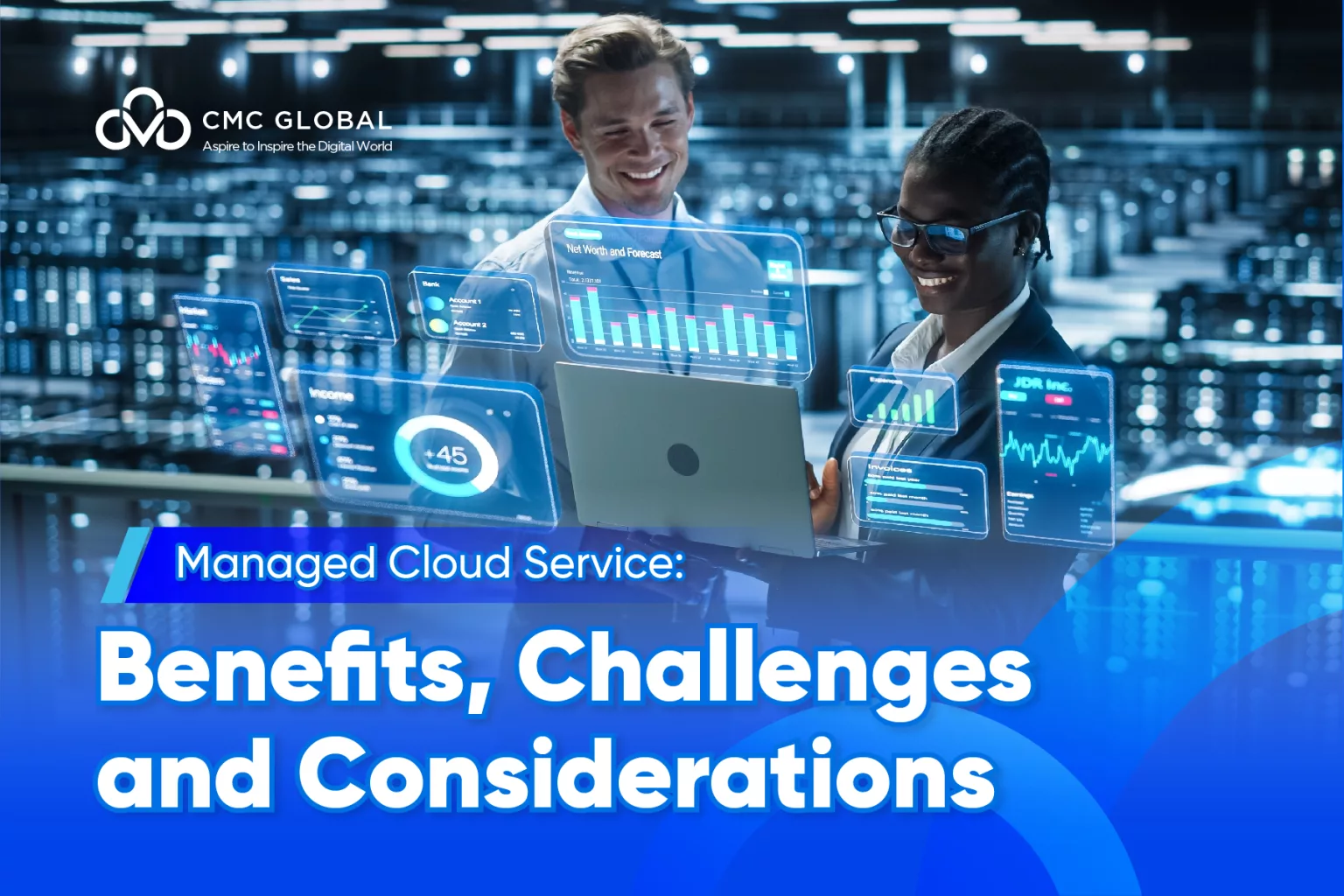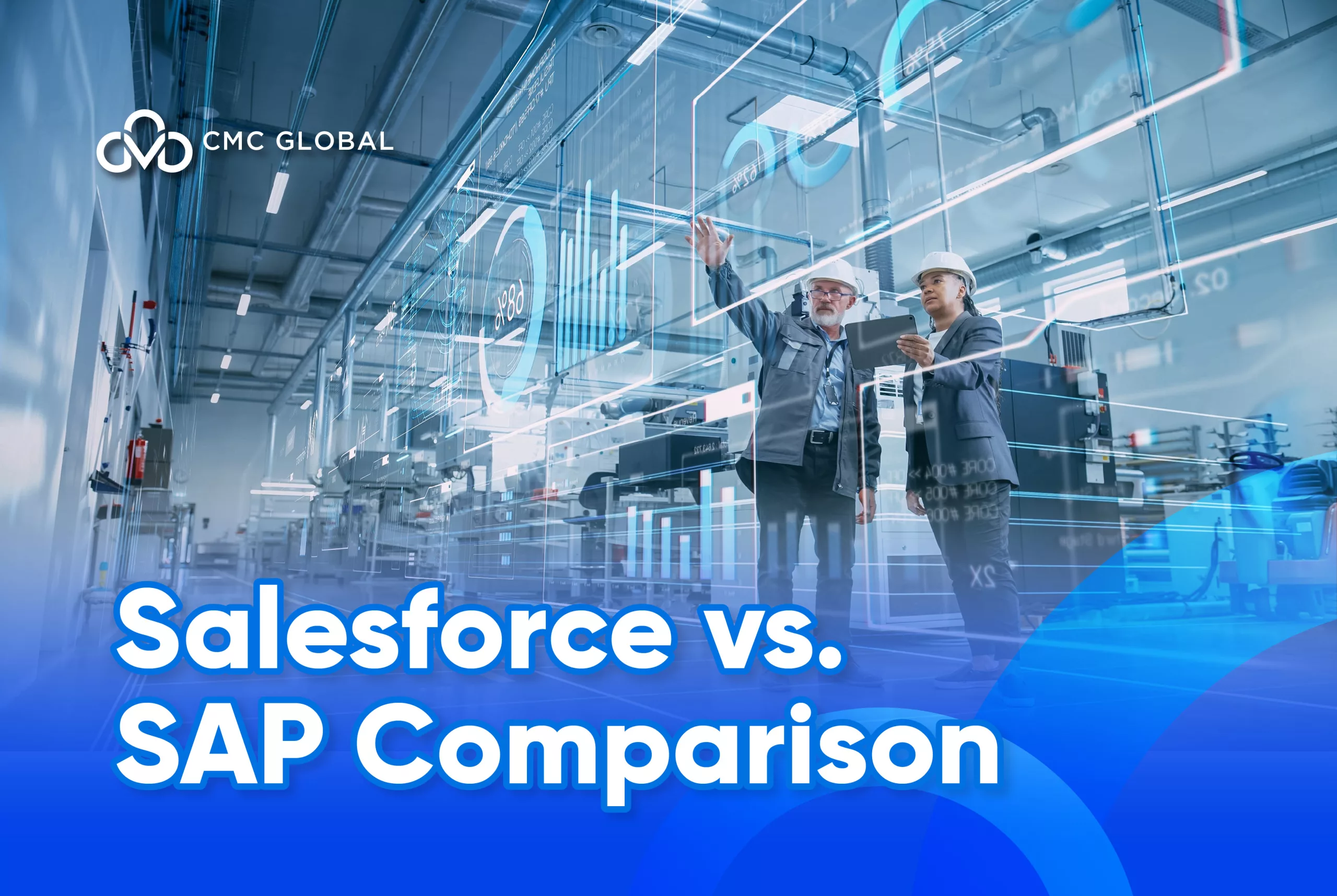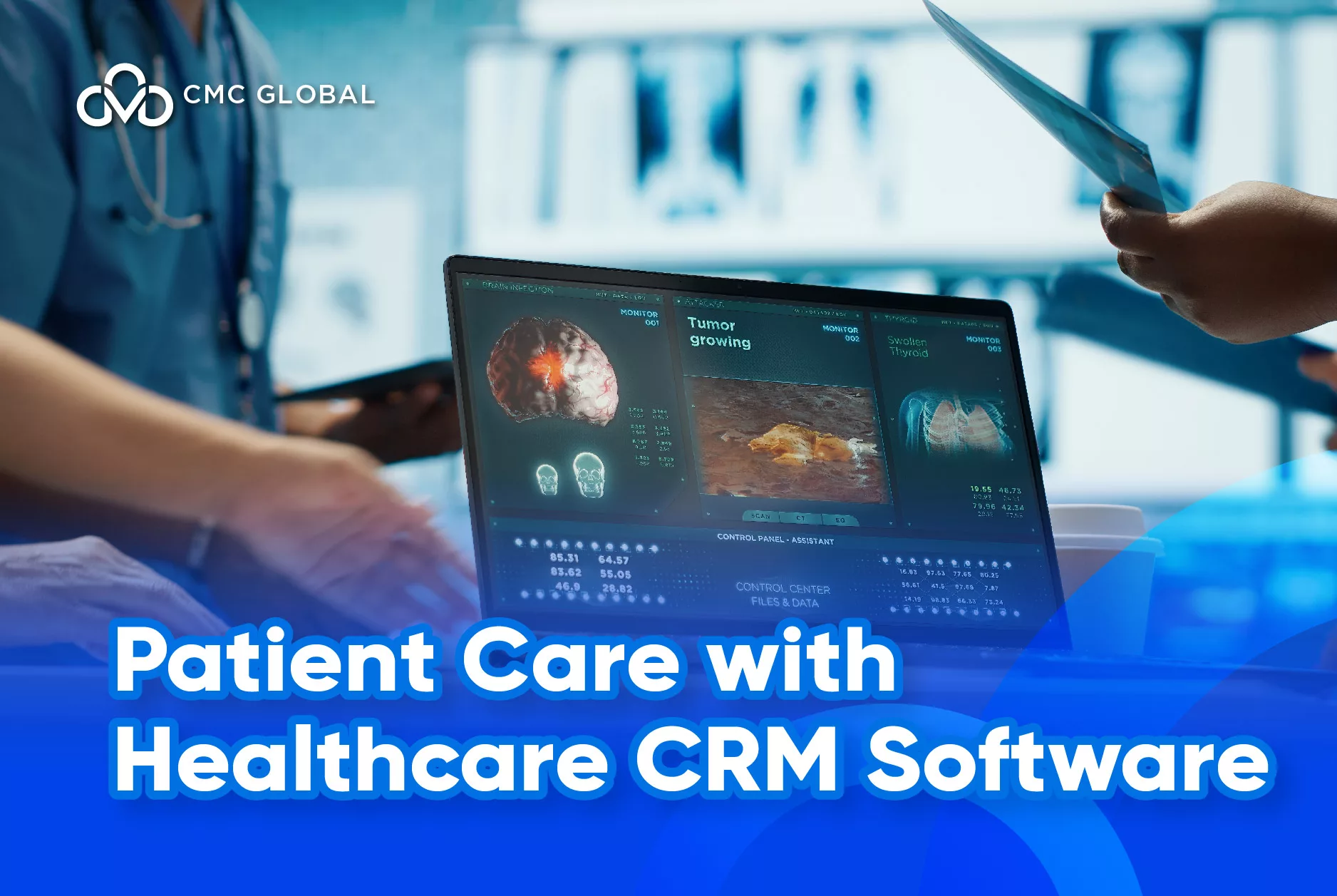You may hear the term AI everywhere. It promises to revolutionise industries, from the manufacturing floors of the Mittelstand to the logistics hubs of global corporations. But for a German business leader, a promise isn’t enough. You operate on data, precision, and proven economic value. The central question remains: How do you translate the potential of AI into a clear, quantifiable return on investment for your company?
Without a rigorous calculation, AI remains an expensive experiment. This guide provides a structured, step-by-step framework to quantify the economic impact of AI, transforming it from a cost centre into a measurable profit driver.
Why A Gut Feeling Isn’t Enough: The Business Case for Quantification
As German culture values precision and efficiency, the feeling is not a valid strategy for technology investment. Calculating AI ROI is not just a financial exercise; it’s a strategic imperative. It is essential for:
- Securing Budget and Board Approval: Justify the investment to cautious CFOs and decision-makers with hard data, not hype.
- Prioritising Projects: Compare potential AI initiatives to allocate resources to the ones with the highest potential value and most realistic implementation path.
- Measuring Success and Optimising: Establish a baseline to track progress, demonstrate value post-implementation, and continuously improve your AI systems.
The ROI Framework: A Step-by-Step Guide for German Businesses

To navigate this process, follow this disciplined, five-step framework.
Step 1: Define Clear, Limited Use Cases
Do not boil the ocean. The most successful AI journeys begin with a specific, high-impact problem. Ask yourself: “Which repetitive, data-heavy, or predictive process in our business is causing significant cost or inefficiency?”
- Manufacturing: Predictive maintenance to reduce downtime.
- Automotive & Engineering: AI-powered visual inspection to minimise scrap/rework.
- Logistics: Dynamic route and load optimisation for fleet management.
- Finance & Administration: Automating invoice processing.
Step 2: Identify Your Input Costs (The “I” in ROI)
A realistic cost assessment is critical. Be thorough and account for all categories:
- Software & Infrastructure: Cloud computing, AI platform licenses, and data storage.
- Personnel: Salaries for your internal team (data experts, project managers) and the time of subject matter experts.
- Data Preparation: Often underestimated, this includes costs for data cleaning, labelling, and integration.
- Consulting & Implementation: Fees for external expertise.
- Training & Change Management: Essential for ensuring employee adoption and maximising utilisation.
Step 3: Quantify the Benefits (The “R” in ROI)
In a survey of global organisations by IBM, over 85% of advanced adopters reported reducing operating costs via AI. This is the core of your business case. Differentiate between cost savings (easier to measure) and revenue generation (often more impactful).
Cost Savings
- Increased Efficiency: (Hours saved per month) x (fully burdened hourly cost of employees).
- Reduced Downtime: (Reduction in downtime hours) x (cost per hour of stoppage).
- Lower Error Rates: (Reduction in errors) x (cost per error in scrap, rework, or complaints).
Revenue Generation
- Upsell/Cross-sell: Increase in average revenue per customer from AI-driven recommendations.
- Sales Efficiency: Value of higher-quality leads leading to an improved conversion rate.
- Personalised Marketing: uplift in sales conversion rates from targeted campaigns.
Step 4: Calculate the ROI and Key Financial Metrics
More than 78% of business leaders at large ($1 billion+ revenue) organisations expect their generative AI investments to return value within 1–3 years. With costs and benefits defined, the calculation is straightforward.
The Classic ROI Formula: (Net Benefits / Total Costs) * 100 = ROI%
Example: A €150,000 project generating €250,000 in annual net benefits has an ROI of 67%.
Go Beyond Basic ROI:
Payback Period: German companies often favour short payback periods. How many months until the investment pays for itself?
Step 5: Account for the “Intangible” Benefits
While not directly part of the ROI calculation, these factors contribute significantly to long-term value and strategic positioning:
- Improved employee satisfaction by automating tedious tasks.
- Enhanced customer experience and loyalty.
- Better, data-driven strategic decision-making.
- Strengthened competitive advantages.

Many AI projects stall due to common, avoidable mistakes:
Underestimating Data Quality:
“Garbage in, garbage out.” Success depends on accessible, clean, and relevant data.
Ignoring Integration Complexity:
The AI model is one thing; seamlessly integrating it into your existing ERP (e.g., SAP) and operational workflows is another.
Overlooking Change Management:
Your team must understand, trust, and use the new technology. Training is non-negotiable.
Forgetting Compliance (DSGVO):
Data privacy is important. Every step must be compliant with German and EU regulations.
From Calculation to Confident Implementation: Your Partner for AI Success
Calculating the potential ROI is the first critical step. The next and most crucial is achieving it. This requires more than just software; it demands a partner with deep technical expertise, industry knowledge, and a proven methodology for delivery.
This is where CMC Global becomes your strategic advantage. We don’t just deliver technology; we deliver measurable business outcomes. Our end-to-end partnership ensures your AI initiative is built on a solid foundation:
Precision Scoping: We work with you to identify the highest-ROI use cases, ensuring a clear scope and success metrics from day one.
Robust Technical Delivery: Our experts handle the entire lifecycle: from data engineering and model development to seamless integration with your core systems.
Focus on Adoption & Change: We ensure your team is equipped and confident to use the new tools, maximising utilisation and the return on your investment.
Commitment to Compliance: We build solutions with German data protection standards (DSGVO) at their core, ensuring peace of mind.
Don’t start with the technology, start with the ROI calculation.
Contact the AI experts at CMC Global for a confidential consultation.
